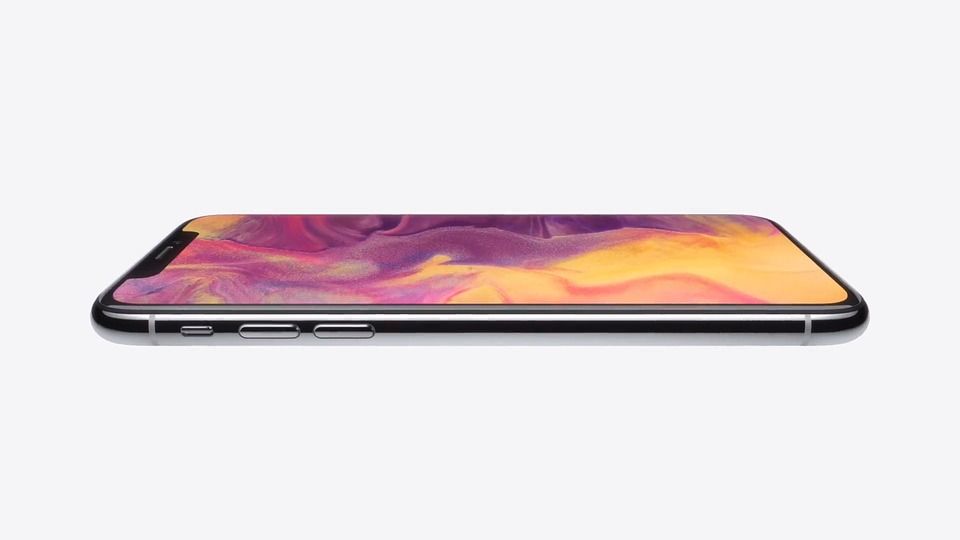The wait is finally over. After a long and grueling year of rumors, speculation and leaks galore, we finally know exactly what the iPhone X will look like and do. It turns out that most of the predictions and rumors were accurate (they tend to be). There weren’t any real “surprises” that Apple had in store for us. But that’s not necessarily a bad thing. As long as the products they launch deliver on their promises, the company should be fine, right?
Well, let’s take a look at what Apple announced at their annual event. While Apple announced multiple products, I want to focus exclusively on the iPhone line of products.
During the keynote, Apple announced the iPhone 8, iPhone 8 Plus and the iPhone X. We’re getting three new phones this year! Launching multiple phones at once is nothing new for Apple, as they’ve done it in the past with the iPhone 5S and 5C. But while those two devices were released at the same time, for two very different consumers, the differences between the iPhone 8 and the X are not as evident and the release dates could hinder the company’s sales.
Instead of releasing all three models of the iPhone on the same day, Apple released the iPhone 8 and 8 Plus on September 22 while the iPhone X will be released on November 3. Why such a large difference in date? Multiple rumors suggest that Apple was forced to delay the launch of the iPhone X due to production issues. While it may sound harmless at first, the difference in dates could actually hurt Apple.
Where the iPhone 5S and 5C were clearly distinguishable in terms of design, quality of material and features, the iPhone 8 and X are both high-end smartphones with the same internal processing power and several similar features. Some consumers are confused as to what the major difference is between the iPhone 8 and X (aside from the new “bezel-less” screen). Because of this, most users who aren’t deterred by the X’s exorbitant price tag ($999) are willing to wait for the X and skip the 8, and this has drastically hurt the 8’s sales numbers. Apple, in essence, are cannibalizing themselves.
Many suggest that what they lost in sales for the iPhone 8 they will more than make up for in sales for the X, with industry reports suggesting an incredibly high demand for the new smartphone.
Given the X’s drastic new design, impressive camera technology, and industry-leading processing power, I highly doubt the $999 price tag will deter enough consumers to be considered a failure. It’s going to sell. Big. The real question is, should Apple have released these phones so close together? We’ll have to wait for the sales numbers to come in, but I predict Apple will be just fine.

